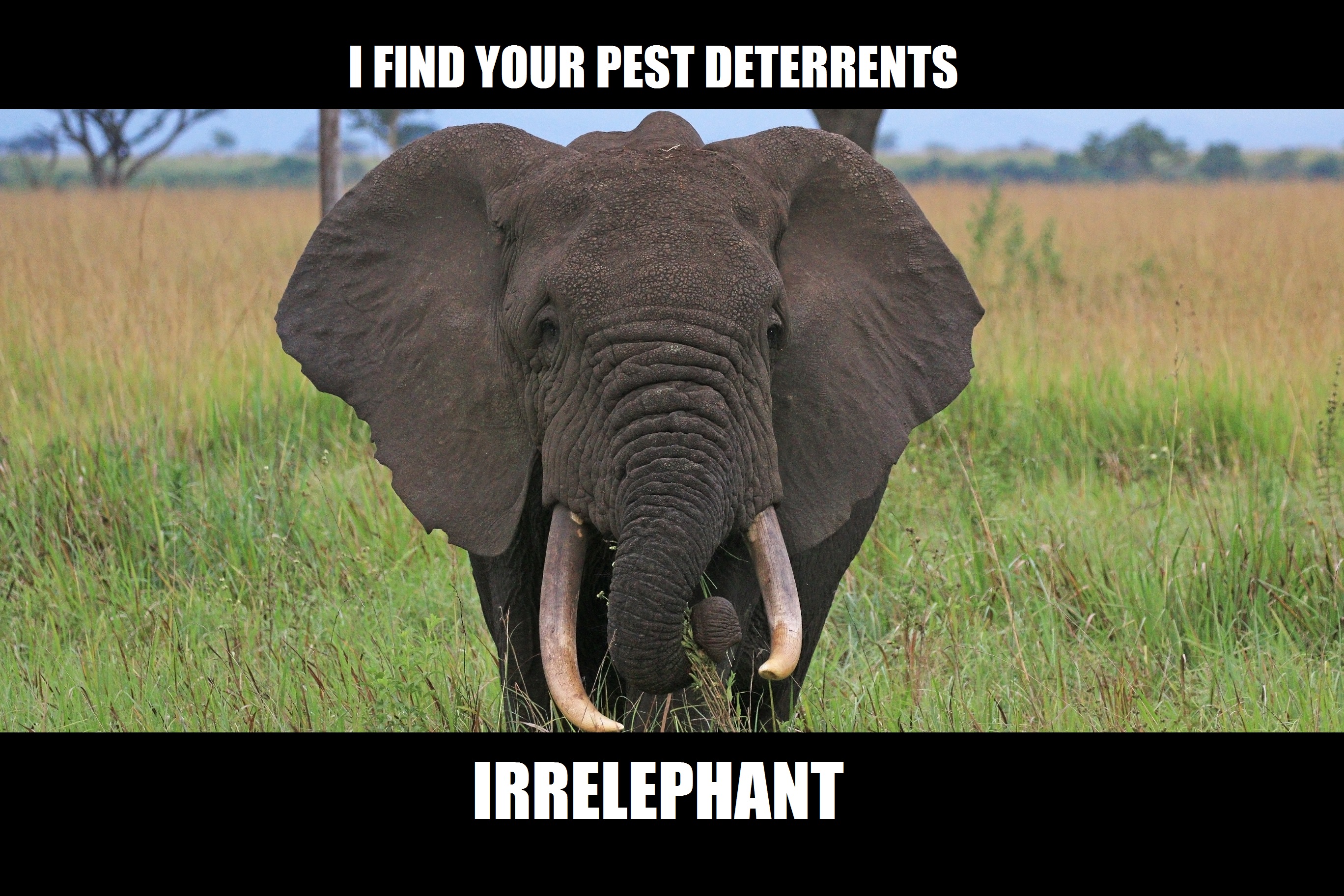Well listeners, this is it for a little bit — Season One of Interronauts is over. In our last episode, we’ve got new technology from CSIRO: giving scarecrows a brain, we’ve got the evolution of the first flower ever (what!?), we’ve got more research on how tarantula venom can help treat enwormed sheep, and plenty more science shenanigans. (Don’t forget to listen back through our back catalogue!)
Science news
- First flower ever — “With the incredible diversity of flowers that exist today—from pinprick-sized duckweed to the meters-high blooms of a corpse flower—it’s hard to imagine that they all descend from just a single species. Charles Darwin himself wrung his hands over how flowering plants exploded in diversity early in their evolution. Now, researchers have figured out what the ancestral flower might have looked like. The study may help them uncover how flowers took over the world,” Science. Full paper, here.
Interview
We speak with Dr Ash Tews, CSIRO senior research scientist about VPDaD — the Vertebrate Pest Detect and Deter, a new high-tech scare crow to ward away crop pests of any variety.
CSIRO news
Taking the bite out of sheep parasites with spider venom
“Gastrointestinal parasites cost the Australian sheep industry around $400 million each year in treatment costs and lost productivity, with huge implications for animal welfare. The most common way of de-worming Australia’s more than 67 million sheep is by “drenching” them. No, that doesn’t mean cold-shocking the worms with the Ice Bucket Challenge. Instead, it’s a quick drug dose that’s delivered orally.
But the huge problem facing our farmers is that most worm populations are now showing resistance to the drugs which are used, making it more and more difficult to cure infections. This drug resistance is leading our scientists to work with The University of Queensland’s Institute for Molecular Bioscience (IMB) to look for new treatments derived from the venom of animals such as spiders, scorpions and assassin bugs,” from our blog. Read more here.
Listen and subscribe
- iTunes — Subscribe to us on iTunes and leave us a rating and review, if you’re so inclined.
- Blog — Listen to ’em all online on our blog.
- RSS feed — Plug the URL of our RSS feed into whichever RSS devourer you use.
Contact us
You can get in touch with the Interronauts team via Facebook, Twitter @CSIROnews, Instagram @csirogram, or by emailing us at socialmedia@csiro.au. Thanks for listening!


